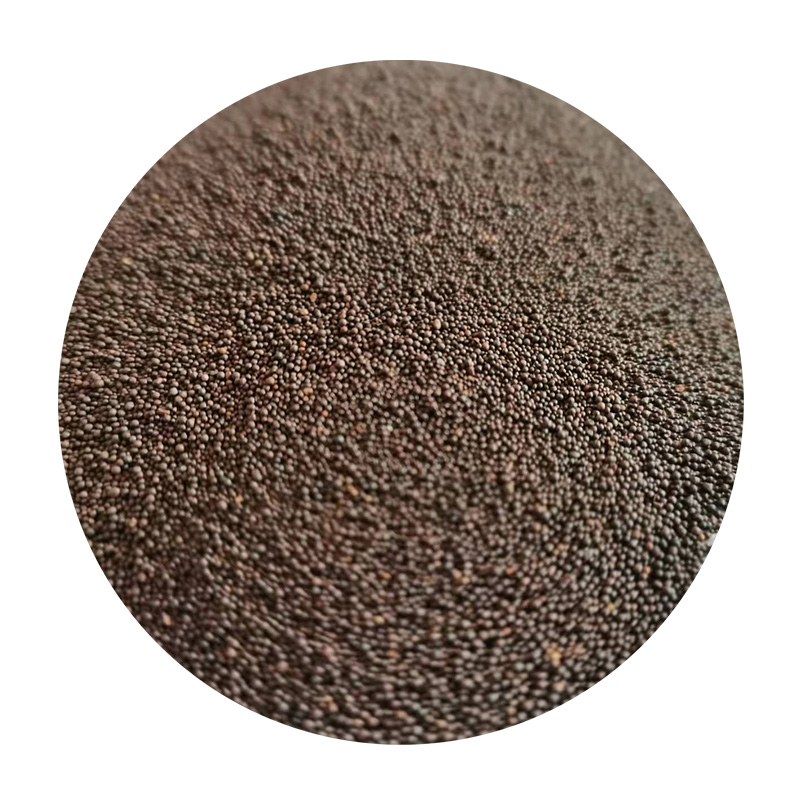Understanding Wet Sanding for Ceramics A Comprehensive Guide
Wet sanding is an essential technique employed in ceramics to achieve a smooth and polished finish on various clay bodies and glazes. This process not only enhances the aesthetic appeal of ceramic pieces but also contributes to their durability. In this article, we will explore the fundamentals of wet sanding, its benefits, best practices, and tips for effective application.
The Basics of Wet Sanding
Wet sanding involves using water as a lubricant while sanding the surface of ceramics. The main purpose of wet sanding is to reduce friction, preventing the abrasive material from clogging and enabling a smoother finish. The process typically utilizes wet/dry sandpaper, specifically designed for use with water. This paper can efficiently remove material while minimizing dust and reducing the risk of scratching the surface.
Benefits of Wet Sanding
1. Improved Surface Finish Wet sanding allows for a finer and smoother surface compared to dry sanding, which can sometimes leave a rough texture. The water helps to flush away debris and particles that could cause scratches, resulting in a more refined finish.
2. Dust Reduction One significant advantage of wet sanding is the drastic reduction in dust production. This not only creates a cleaner working environment but also ensures better health safety for the artist, as inhaling silica dust can pose serious health risks.
3. Better Control Using water improves control over the sanding process. The lubricant allows for more immediate feedback regarding pressure and technique, which is especially beneficial for intricate designs and delicate ceramic work.
4. Enhanced Durability A smooth, well-finished surface can enhance the durability of the ceramic piece. When glazes are applied to a finely sanded surface, they adhere better and exhibit improved resistance to chipping and wear.
Best Practices for Wet Sanding Ceramics
wet sanding ceramics

1. Choose the Right Abrasive Select wet/dry sandpaper with the appropriate grit. Coarse grits (e.g., 220) are suitable for initial shaping and material removal, while finer grits (e.g., 800-2000) are ideal for finishing touches.
2. Keep it Wet Ensure that the surface remains adequately lubricated throughout the sanding process. Dip the sandpaper in water frequently or use a spray bottle to keep the area moist, preventing clogging and maximizing efficiency.
3. Use Light Pressure Apply light, even pressure while sanding. This approach helps to achieve a balanced finish without overworking any specific area, which could lead to uneven surfaces.
4. Sanding Technique Utilize a circular motion or back-and-forth strokes to create a uniform finish. Change direction occasionally to avoid creating patterns that might be visible in the final product.
5. Regularly Inspect the Surface Frequently evaluate the surface to monitor your progress. This practice will help identify areas needing additional attention and prevent over-sanding.
Tips for Effective Wet Sanding
- Stay Organized Keep your workspace organized with all necessary materials within reach, including various grit sandpapers, water, and drying cloths. - Clean the Piece Afterwards Once you complete the sanding process, rinse the ceramic piece thoroughly to remove any residual particles and prevent contamination before glazing or firing. - Practice Makes Perfect As with any technique, practice will enhance your skills. Experiment with different grit levels and sanding techniques on scrap pieces to familiarize yourself with the process.
Conclusion
Wet sanding ceramics is a valuable technique for artists looking to improve the finish and durability of their creations. By understanding the benefits, applying best practices, and utilizing the right tools, ceramicists can achieve exceptional results. Whether you are a novice or an experienced potter, mastering wet sanding will undoubtedly elevate the quality of your ceramic work and enhance your artistic expression.
Post time:Oct . 12, 2024 17:40
Next:sand casting service
